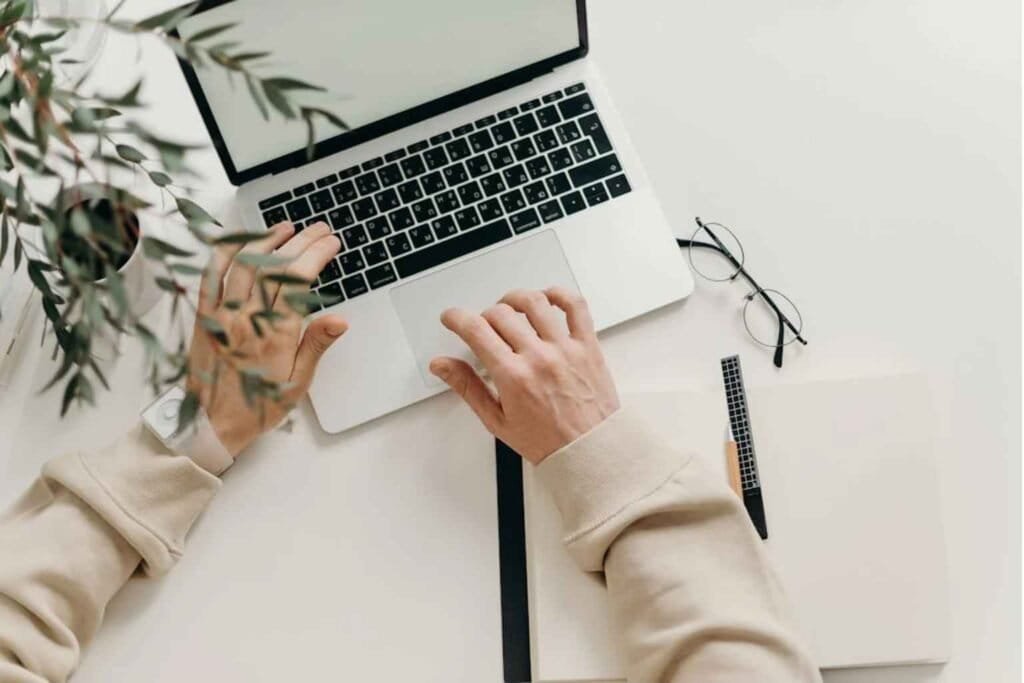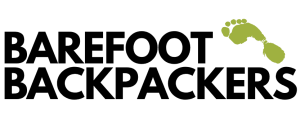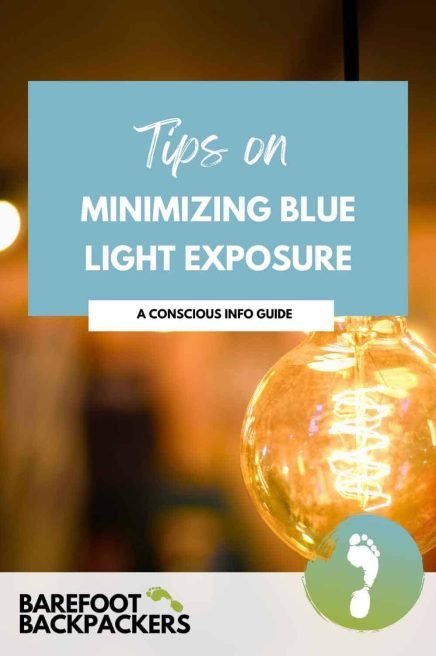Screens surround us everywhere. When turned on, these black mirrors emit light that can display almost anything we imagine, creating an illusion of reality at our fingertips. While screens provide tremendous value by enabling remote work, instant communication, and access to learning. It is important to use them consciously and be aware of their negative effects. Screens emit concentrated blue light frequencies, which affect the brain and disrupt natural hormone cycles.
On average, people globally spend 6 hours and 40 minutes every day on screens. It only takes a quick glance around to witness all the time being spent on phones. The trend is also concerning, as screen time is increases with each successive generation. Getting back outdoors, grounding, and aligning with the rhythm of nature is the true answer. Technology should support us, and we should not serve it.

This blog is supported by the community. We may earn a small commission if you choose to purchase through our links, which allows us to keep creating content. As an Amazon Associate, we earn from qualifying purchases. Learn more.
What is Blue Light
Everything that we can see comes in the form of visible light, and blue light is part of it. The sun naturally shifts this spectrum throughout the day. Closer to sunset, there will be a higher concentration of red light, compared to midday with more blue light. As the sun naturally guides our rhythm, blue light at midday is stimulating and the red light in the evening is calming. Therefore, some sun exposure in the early afternoon can revitalize energy and help overcome the afternoon drop.

The issue is that screens constantly emit concentrated blue light frequencies without the natural balance of the electromagnetic spectrum. As a result, the brain receives continuous signals that it is peak daytime and must remain alert. This disrupts the natural circadian rhythm and has been shown to contribute to a number of health problems, such as ADHD, and sleep disorders. Since screens have become essential in daily life, it is important to be conscious of their use and implement strategies to mitigate the harmful effects.

Blue light Exposure from Screens
To go further, we can analyze how we actually interact with each device and its unique effects. There is a difference between how each device is built from its components and its source of addictiveness.
The phone is the most disruptive and widely used device. Held about 40 cm from the eyes, there is a lot of blue light exposure. Lowering the brightness may seem like a good option as it is reduces eye strain, but phones actually lower the brightness by increasing the flicker, which is stressful to the nervous system. On top of that, the most addictive apps are also conveniently placed on the home screen.

The next closest device to the eyes is the laptop, with about 70 cm of distance. As it is farther away, the disruptive effects are reduced. A bonus of using the laptop instead of a phone is that there is often less flicker. It is also easier to compartmentalize a laptop so that addictive websites are logged in on a different user.
Then the television, which is on average 3 meters away, tends to be less impactful and usually does not flicker. However, mindful consumption of the television is important, as a prolonged Netflix binge is all too easy. Additionally, if the television is the only light source in a dark room, that increases its disruption.
Each device carries its own list of disruptions. Knowing this, we can make some changes both to the device and how use them.
Simple Solutions to Minimize Blue Light Exposure
The good news is, there are some immediate steps to mitigate blue light directly from device settings. Adjusting screens to warmer colors, using lower brightness, and scheduling night shift mode on all devices is a good start.
To take it a step further, devices can also be used on grayscale; this will make them less interesting and emit less harsh light. Another quick tip for the phone is to turn on a red screen filter by triple-clicking the volume button. This is a quick and effective method to reduce blue light late into the evening.
Keep devices at a reasonable distance and remember to look away regularly. Devices have moved closer and closer to our eyes which makes the blue light more potent. Protect your eyesight by taking breaks and looking away every so often.
Then, remember to blink! The natural blinking rate is around 15 times per minute compared to while looking at a screen at around 6 times per minute. Over the course of a study session or working day that is a significant difference.
Protective Tools to Minimize Blue Light Exposure
Now that the quick fixes are out of the way, we can look into some hardware. Physical changes often feel more permanent and authentic. Here is a list of some simple swaps and additions to minimize blue light exposure.
First, get some protective eyewear. A good quality pair of transparent blue‑blocking glasses is a great start to filter the harshest blue light coming from the screens. As they are transparent, it doesn’t feel like a difficult adjustment, but they can make a big difference. Put them on anytime you are using a screen.
Second, a pair of glasses with red‑tinted lenses. Now, yes, two pairs aren’t minimalist, but they are important. Late nights on the screen should ideally have zero blue light exposure as the sun has already set.

Third, a screen cover directly on your laptop is a good permanent solution, blocking the harshest spectrum of blue light.
Fourth, if you enjoy watching TV or the cinema, a compact high‑quality projector is a great swap. As the projector displays the film or show through a reflection, it is far more subtle on the eyes.
Fifth, using e‑ink devices that don’t emit any blue light at all. The Amazon Kindle is a great swap for reading while traveling, and the Daylight computer is a great alternative to a traditional computer. Using visible light from the surroundings, these devices reflect ambient light to display the screen, resulting in zero blue light exposure.
Sixth, a little break from screens. A helpful tip is to use warm ambient lighting around the house. This lighting is gentler and can promote better sleep, as strong LEDs emit strong blue light frequencies that are disruptive, just like screens.

Lifestyle changes
Once the screen adjustments and protective tools are implemented, the last step is building good habits. A good rule of thumb is to reduce screen time close to sleep. At a minimum, leave the screens out of the bedroom. It is far more relaxing to enter a warm, incandescent-lit room without distractions as you start to wind down.
In the morning, try grounding and getting sunlight to start your circadian rhythm. Then try to do the main computer work in the morning, because blue light is naturally abundant during these hours. Finding real alternatives to screens is the best way to gradually reduce blue light exposure, such as going on hikes, reading books, or playing an instrument. Each small change will compound over time.
A Conscious Approach
Screens are portals into new worlds while simultaneously disrupting the one we are living. Taking conscious steps through changing device settings, implementing protective tools, and creating new habits will help mitigate the harmful effects of screens and blue light, which can improve your overall vitality.








